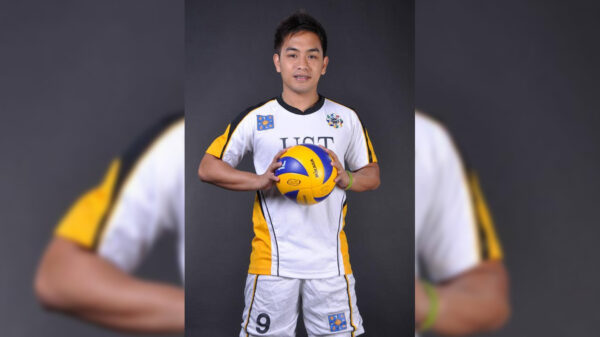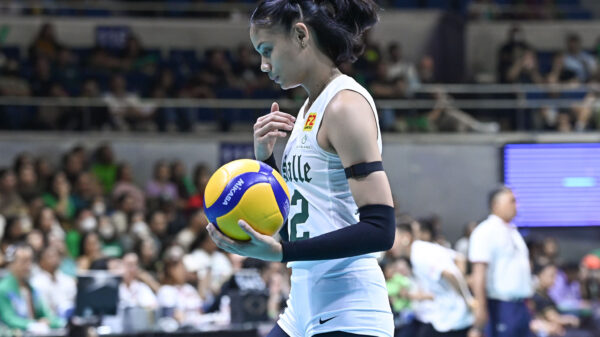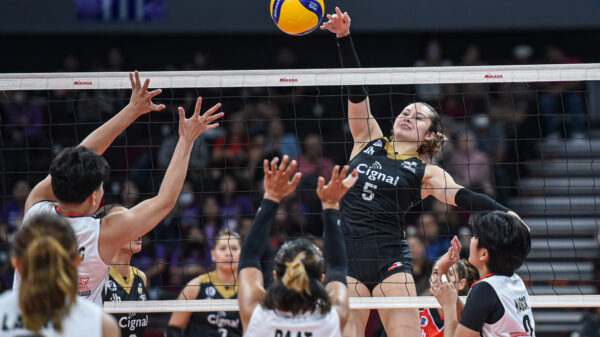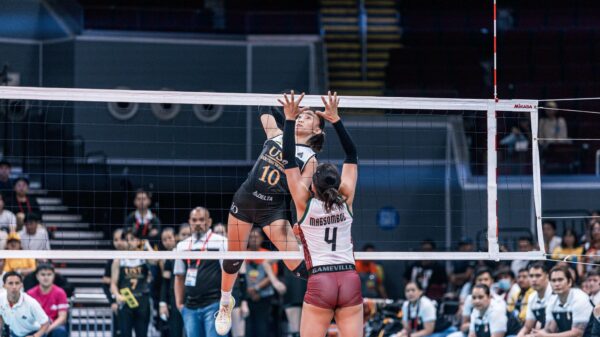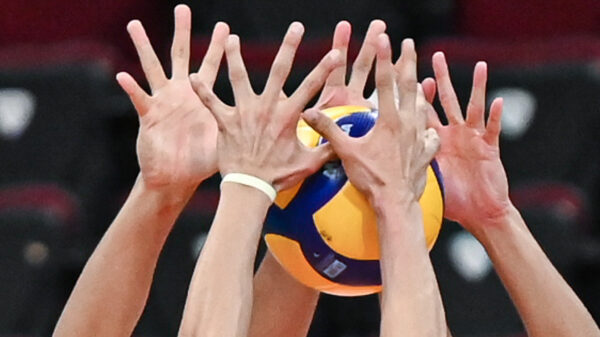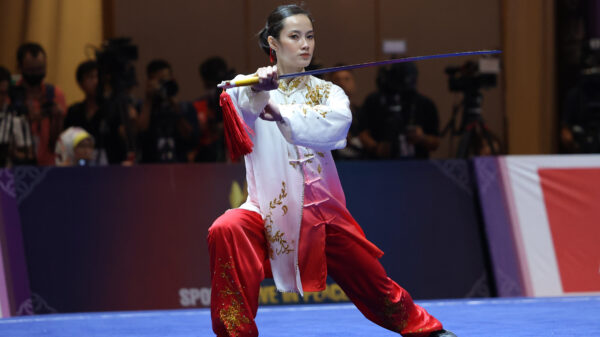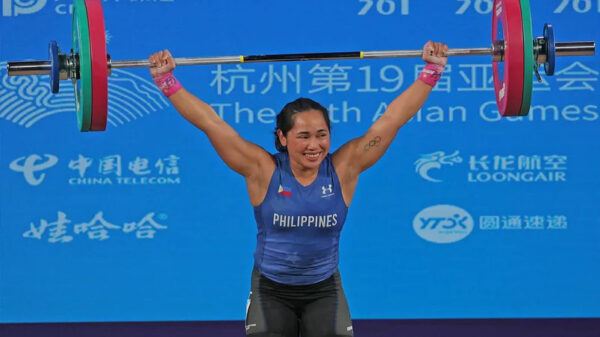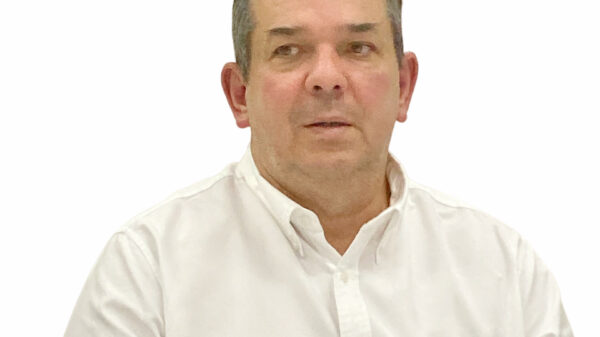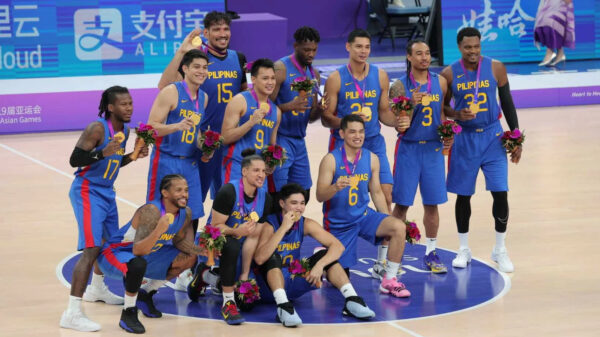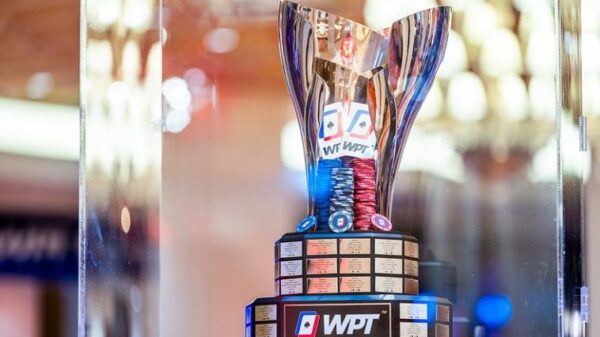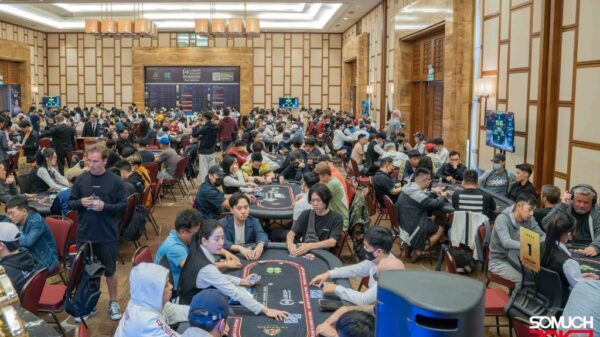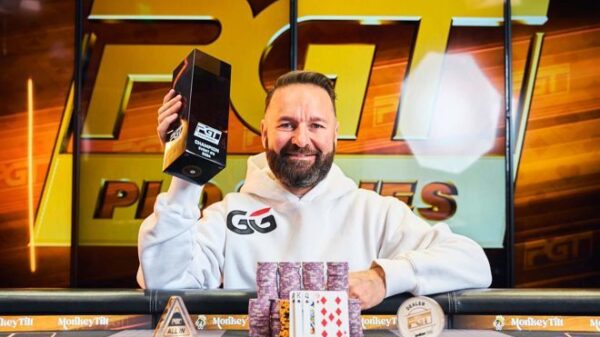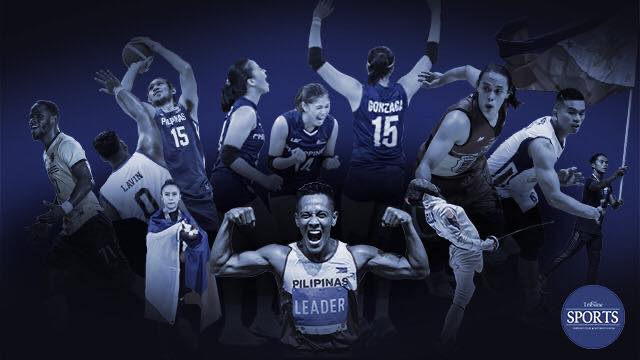Barangay Ginebra head coach Tim Cone believes that future Gilas Pilipinas players should dedicate their full time and attention to the national team program if they want to emerge victorious in the international arena.
Cone said the current system of borrowing players from professional leagues like the Philippine Basketball Association and Japan B. League will not work as the International Basketball Federation is now holding tournaments more often as before.
Cone knows what he is saying.
Aside from being the most successful mentor in the history of the Philippine Basketball Association, he also coached Gilas Pilipinas to a pair of Asian Games gold medals — the first was a bronze in Bangkok in 1998 and the latest was a historic gold in Hangzhou last year.
Now, he is being floated as the frontrunner to call the shots for Gilas in the FIBA Olympic Qualifying Tournament and the window tourneys leading to the 2025 FIBA Asia Cup after getting interviewed by the SBP.
Cone stressed that for the Gilas program to work, the federation should keep a pool of full-time national team players.
“In my opinion — I don’t know if I am speaking here for the SBP — if you’re going to use the PBA players or the Japan players, you can’t have them doing full-time jobs for Gilas. It’s not going to work,” said Cone shortly after leading the Kings to a 106-93 win over NorthPort in the quarterfinals of the Commissioner’s Cup late Friday.
“It’s not enough to work, it’s only three windows. If you’re talking this year, maybe maximum, that means if you’re advancing during the middle windows, maximum eight games. But most likely, you’re talking about five to six games this year.”
The FIBA window tourneys have been the dilemma of domestic leagues around the world. Unlike Japan B. League, the PBA doesn’t stop its scheduled matches similar to what the National Basketball Association is doing.
Cone said playing for Gilas requires full-time commitment and that has been the challenge for the PBA and overseas Filipino players as well as the members of the national coaching staff, who have to honor their contracts with their respective professional teams.
“You can’t pull out the PBA players and practice with them all year,” Cone said. “Or even a month or two before each window. There’s really not a lot of work for a head coach and I’m telling my opinion.”
Prior to the current system of borrowing professional players, the federation was using amateur stars in the Gilas program.
With Serbian Rajko Toroman as head coach, the young players traveled the world to compete in major international competitions and were given salaries that equate that of professional players.
The use of amateur players was duplicated from the old program of the Basketball Association of the Philippines in which basketball godfather Eduardo “Danding” Cojuangco gathered the best collegiate players like Allan Caidic, Hector Calma and the late Samboy Lim.
But the program wasn’t an overnight process as it needs time before reaping success.
Eventually, members of Toroman’s Gilas squad like Japeth Aguilar, Mark Barroca, Chris Tiu and Marcio Lassiter broke up and joined the PBA.
“But, if you have another program, you have college players and put the team together and train them everyday, then that’s another program,” Cone said.
“It really depends on what the SBP decides. My opinion is, you need the best players in the country to represent (the national team). You’ve got to figure out a way and get the stakeholders on how you get the best players in the country, that includes players in the PBA, Japan or Korea.”
In a message to Daily Tribune, newly-installed SBP executive director Erika Dy gave a hint at how the new Gilas squad will look like.
“So far, it’s shaping up pretty well with some commitments coming in. But it’s not yet complete,” Dy said.
For Cone, putting up a perfect program is a very complex thing.
“It’s not simple and, say we want these guys for two months to practice, what’s the PBA gonna do without all those stars?”
“Again, the other way is to get a bunch of young players like we had in the past, try to groom them, try to train them everyday, send them out for practice games and let them go through a number of years. But there are two things to that in my mind — you’re not sending your best players because they’re not the best players and number two, can you keep young guys for a long time?”

